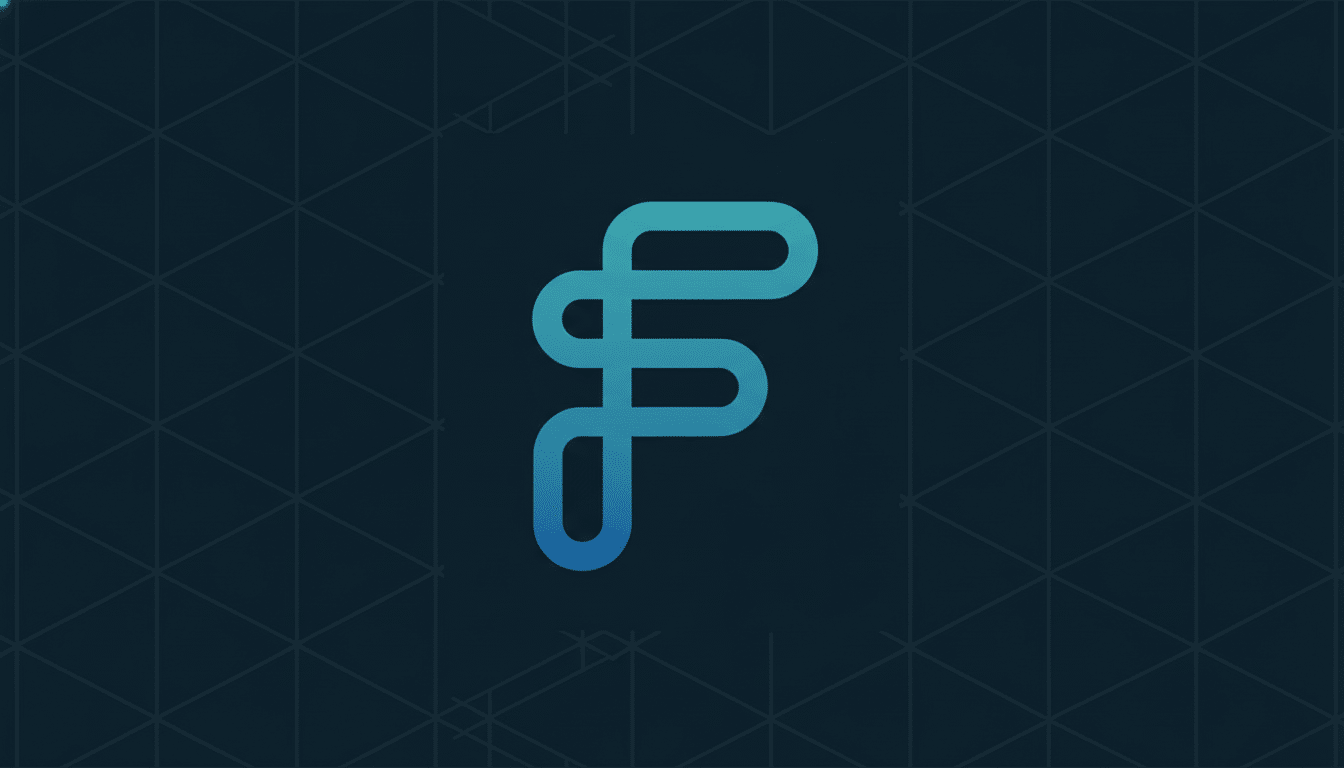On this week’s Build Mode, we hear how Forethought AI co-founder and CEO Deon Nicholas discovered product-market fit by focusing on customers from day one—not investor narratives.
The through line is clear: belief comes from real users, measured impact, and relentless iteration.
- Building with Customers from Day One to Reach True PMF
- The Seven-Failures Rule and Fast Iteration
- ICP Consistency Over Shiny Features in Customer AI
- Reading Between the Lines of Early User Behavior
- Prove Value in Cold, Hard Numbers with Benchmarks
- Focus Beats Frenzy Over Time for Durable Retention
- What Founders Can Do Today to Accelerate Product Fit

Building with Customers from Day One to Reach True PMF
Nicholas shares an approach that favors live, raw environments over polished demos. Design partners were involved early on, before features were fully polished, with narrow pilots scoped around specific jobs-to-be-done: self-deflect repetitive tickets, shrink handle time, and increase customer satisfaction.
That decision rooted Forethought’s roadmap in what can be proved rather than novelty. It also established the bar for adoption: when agents and customers stopped using the product after the pilot, engineers went back to work refining—or cutting—that feature.
The Seven-Failures Rule and Fast Iteration
Founder Nicholas advises accepting multiple misses on the journey to what clicks. In-house, each one was treated as the R programming assignment: make a simple path and ship that to users, gather outcomes data, iterate fast, repeat. Speed is essential, but only if it’s combined with tight feedback loops and the readiness to kill off dead ends.
And that rhythm looks a lot like the best of lean product practice, only with an intense focus on production signals—not survey intent words. If a feature doesn’t raise key metrics in the wild, then it hasn’t earned its place.
ICP Consistency Over Shiny Features in Customer AI
Forethought’s focus initially contracted to teams with significant inbound volume, a robust knowledge base, and the operational maturity to measure impact. For customer service generative AI, those are usually mid-market to enterprise orgs with 50+ agents, templated workflows, and compliance requirements like SOC 2.
To keep priorities razor sharp, the team kept lean. Investors jumped in quickly, Nicholas says, but valuation was a byproduct rather than their North Star. As soon as a feature started to drift from the ideal customer profile, it was de-scoped or pushed out.

Reading Between the Lines of Early User Behavior
Early users were not always honest about what wasn’t working, so Forethought looked for behavioral signals. DAU per seat, PCT of tickets routed by AI, and median time-to-first-value told a story that was more real than NPS alone.
Red flags were “silent churn” (agent usage falling off without formal cancellation), AI handoffs that bounced back to humans too often, and pilots that demanded heavy professional services to keep alive. Positive: sub-14-day time-to-first-value, >30% AI containment on targeted intents, and week-over-week expansion to new queues without executive cajoling.
Prove Value in Cold, Hard Numbers with Benchmarks
Industry benchmarks help founders set realistic goals. Sendible is a social media management platform that offers ticket deflection to customers via AI-driven self-service with 30%+ reductions and CSAT uplifts. McKinsey calculates that generative AI can decrease AHT in service operations by 20–40%, while Gartner expects most customer service organizations to implement conversational AI at scale over the next few years.
Forethought pilots focused on about three promises: cheaper cost-to-serve, quicker time to resolution, and happier customers. One win: routing mundane “where is my order” tickets to AI with knowledge base grounding, reducing time-to-first-response by 55% and lifting CSAT a few points over the course of a quarter.
Focus Beats Frenzy Over Time for Durable Retention
Nicholas presents longevity as a direct result of focus. Hype might open doors, but retention pays the bills. As a rule of thumb for SaaS founders, net dollar retention greater than 120% is generally considered a good sign that your customers’ value compounds—Bessemer calls such exceedance a hallmark of lasting cloud companies.
In practice, that boils down to a resistance to feature sprawl. Rather than chase after every generative AI use case, Forethought doubled down on a handful of cases where data, workflow, and compliance surface area was favorable—then expanded only when next-door wins were clear in the telemetry.
What Founders Can Do Today to Accelerate Product Fit
- Go live with customers earlier than you are comfortable with. Specify one or two meaningful outcomes and instrument end-to-end. If you can’t demonstrate movement in 30 days, alter the plan.
- Keep a list of your ideal customer profile and stick to it. Just say no to deals with bespoke feature detours unless they clarify the core product for lots of customers, not one.
- Measure behavior, not sentiment. Track time-to-first-value, weekly active users per seat, AI containment, and expansion to new workflows. Treat usage thereafter as a page-one event.
- Let investors supercharge what customers already love. As Nicholas’s playbook implies, sustainable product-market fit occurs when real users use the product again and again—and bring along their colleagues to do the same.

